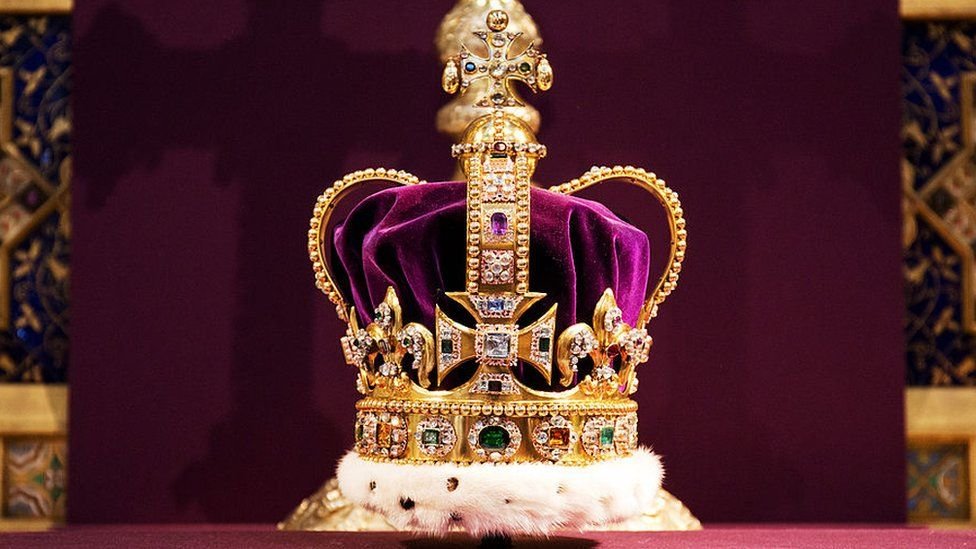Getting ready for a Royal Summer
As the UK prepares itself to crown a new king on May 6th, we ask what’s involved in a coronation?
Official emblem of the coronation
Coronations have remained much the same for more than 1,000 years. The British ceremony is the only remaining event of its type in Europe. However, Buckingham Palace has said that although the coronation will be "rooted in long-standing traditions", it will also "reflect the monarch's role today and look towards the future".
It is likely to be shorter and smaller in scale than Queen Elizabeth II's 1953 coronation, with a wider range of religions represented. The coronation procession is also expected to be more modest. Queen Elizabeth's procession had 16,000 participants, and took 45 minutes to pass any stationary point on the 7km (4.3 miles) route.
This time, the King and the Queen Consort, will travel to Westminster Abbey in the King's procession, and return to Buckingham Palace in a larger coronation procession, where they will be joined by other members of the Royal Family for the customary balcony appearance.
The official portrait of King Charles III
What happens during the service?
The recognition: While standing beside the 700-year-old Coronation Chair, the monarch is presented to those gathered in the Abbey by the Archbishop of Canterbury. The congregation shouts "God Save the King!" and trumpets sound
The oath: The sovereign swears to uphold the law and the Church of England
The anointing: The King's ceremonial robe is removed and he sits in the Coronation Chair. A gold cloth is held over the chair to conceal the King from view. The Archbishop of Canterbury anoints the King's hands, breast and head with holy oil made according to a secret recipe, but known to contain ambergris, orange flowers, roses, jasmine and cinnamon. The oil created for Charles will not contain any ingredients derived from animals
The investiture: The sovereign is presented with items including the Royal Orb, representing religious and moral authority; the Sceptre, representing power; and the Sovereign's Sceptre, a rod of gold topped with a white enamelled dove, a symbol of justice and mercy. Finally, the Archbishop places St Edward's Crown on the King's head
The enthronement and homage: The King leaves the Coronation Chair and moves to the throne. Peers kneel before the monarch to pay homage
The Queen Consort will then be anointed in the same way and crowned.
Queen Elizabeth II’s coronation in 1953
Which crowns will be worn during the ceremony?
The King will be crowned with the solid gold, 17th Century, St Edward's Crown. It is exceptionally heavy and only used at the moment of coronation.
The Imperial State Crown will be worn by the King towards the end of the ceremony and when he appears on Buckingham Palace balcony. The crown contains the Cullinan II diamond, sometimes called the Second Star of Africa. It was given to Edward VII on his 66th birthday by the government of the Transvaal - a former British crown colony - in what is now South Africa.
The Queen Consort will be crowned with Queen Mary's Crown, which has been taken out of the Tower of London to be resized ahead of the ceremony.
It is thought to be the first time in recent history that an existing crown will be "recycled" for a coronation.
St Edward’s Crown which will briefly be placed on the King’s head
The promises to be a great occasion and will showcase the UK at its stately best.
For those wishing to travel through London during coronation week, be prepared for delays and restrictions in where you can visit. Contact us for more information if you wish to visit London during this period.




